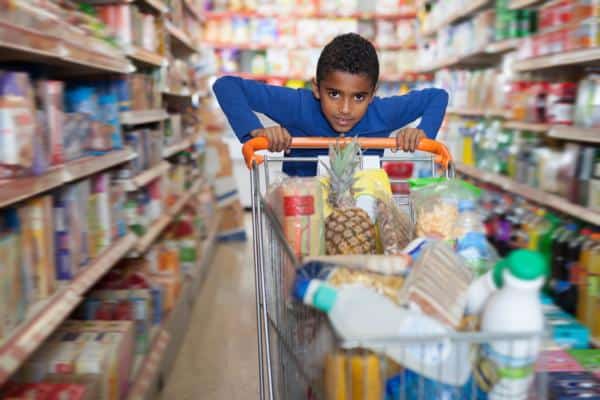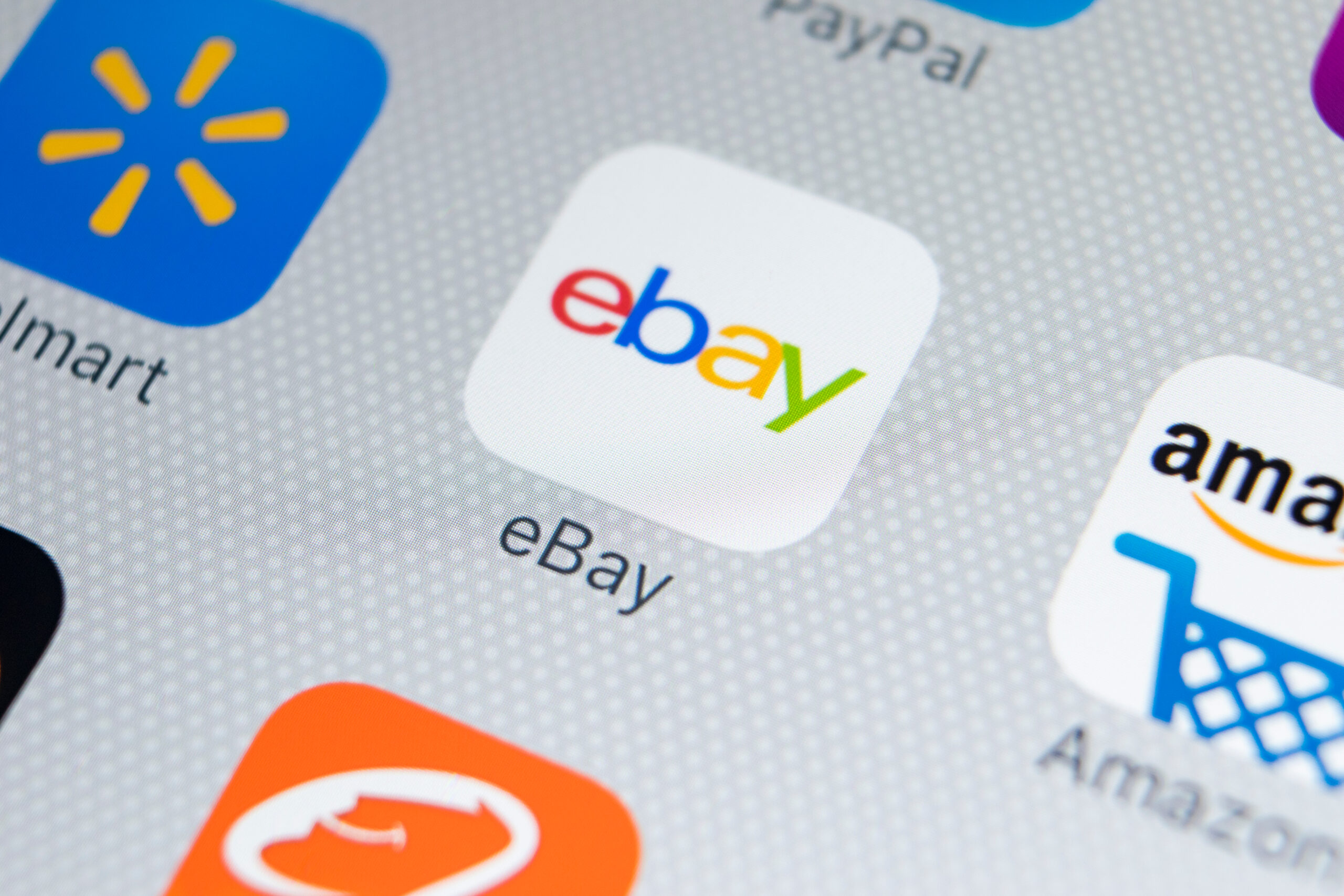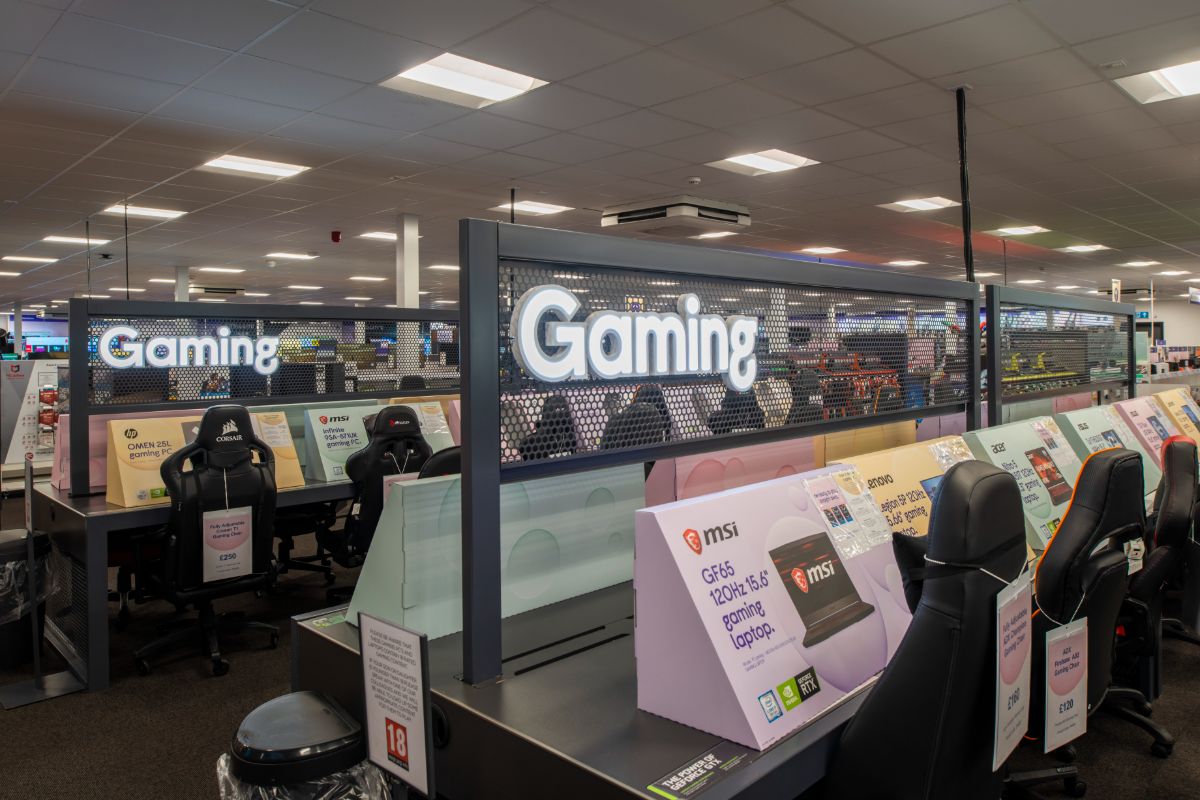Despite rising Covid cases and the emergence of Omicron, UK online grocery sales dropped 3.7% in December compared to 2020, accounting for 12.2% of the £11.7bn spent on food this holiday season.
According to figures from Kantar, while overall Christmas grocery sales were just 0.2% shy of their 2020 level, online sales struggled to grow. However, Christmas 2020 saw such record levels of online shopping that this drop is unlikely to ring too many alarm bells.
Kantar found that every major retailer saw growth compared to 2019’s pre-pandemic levels.
According to the figures, Ocado was the only retailer to grow its sales year-on-year in the 12 week period with an uplift of 2.5%. However, Tesco increased its market share by 0.6% to 27.9% in the period, which was its highest level since January 2018. Aldi, Lidl and Waitrose also grew their shares with respective uplifts 0.3%, 0.2% and 0.1%.
Sainsbury’s, Asda and Morrisons now hold 15.7%, 14.2% and 10.1% share of the market respectively.
Fraser McKevitt, head of retail and consumer insight at Kantar, comments: “People seized the chance to enjoy Christmas with friends and family after last year’s muted festivities, and grocery sales hit £11.7 billion over the month of December alone. We can really see just how much spending accelerated in December compared with earlier in the year by looking at the average trend during March to November when sales were down by 2.5% against 2020.”
McKevitt adds: “The appetite to celebrate and splash out that little bit more this year pushed sales of luxury own-brand products up across the board. Sparkling and still wine sales grew 22% and 18% respectively, while crisps surged by 31%. Tesco’s Finest and Sainsbury’s Taste the Difference are easily the largest premium own-label ranges, but we saw the fastest growth from other ranges such as Asda Extra Special and Iceland Luxury.”
Wayne Snyder, VP Retail Industry at Blue Yonder adds: “Many assume the popularity of online shopping and decline of the high-street will continue during 2022. However, what may be a surprise to many is that stores will still be a dominant force in retail. Yes, online shopping will continue to grow – our recent data alongside GWI, revealed an overwhelming 91% of consumers estimating their online shopping will either stay the same or increase, but the store remains important. This is most notable within grocery, as 35% of UK consumers purchased groceries online in the past month in Q2 2021, compared to 25% in Q1 2020.
“What will be apparent in the fight for the high street is greater differentiation between in-store and online experiences. Take Meta (Facebook) for example, moving from the digital sphere and choosing to open stores for customers to experience products and witness ‘the brand’ first hand.”
Snyder concludes: “In the post-pandemic period, we saw an immediate reduction in online sales as customers returned to the high street, albeit not to the levels of 2019. Consumers still want that in-store experience and whilst a digital experience is a must, retailers need to understand the different experiences customers want from different channels. Immediacy of purchase, enhanced customer service and the physical experience will become a key distinction, placing even greater emphasis on availability as well as playing a key role in the omni-channel experience. Many retailers forget that online only is not omni. The economic challenges of running a store, such as labour and renting costs is not outweighing customer need and won’t in 2022. But cost management will be imperative, so efficient utilisation of a motivated workforce, as well as control on other fixed charges will be key. The use of technology will also be key to optimise retail spaces, as we’re now seeing across certain grocers like Tesco, who have reinstituted cashier-less shops.”









